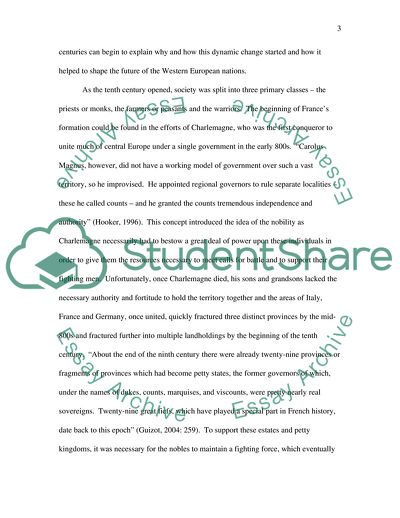Cite this document
(Hierarchy in Society in the Tenth and Eleventh Centuries Assignment, n.d.)
Hierarchy in Society in the Tenth and Eleventh Centuries Assignment. https://studentshare.org/history/1710400-how-rigidly-maintained-were-the-ranks-of-hierarchy-in-society-in-the-tenth-and-eleventh-centuries
Hierarchy in Society in the Tenth and Eleventh Centuries Assignment. https://studentshare.org/history/1710400-how-rigidly-maintained-were-the-ranks-of-hierarchy-in-society-in-the-tenth-and-eleventh-centuries
(Hierarchy in Society in the Tenth and Eleventh Centuries Assignment)
Hierarchy in Society in the Tenth and Eleventh Centuries Assignment. https://studentshare.org/history/1710400-how-rigidly-maintained-were-the-ranks-of-hierarchy-in-society-in-the-tenth-and-eleventh-centuries.
Hierarchy in Society in the Tenth and Eleventh Centuries Assignment. https://studentshare.org/history/1710400-how-rigidly-maintained-were-the-ranks-of-hierarchy-in-society-in-the-tenth-and-eleventh-centuries.
“Hierarchy in Society in the Tenth and Eleventh Centuries Assignment”. https://studentshare.org/history/1710400-how-rigidly-maintained-were-the-ranks-of-hierarchy-in-society-in-the-tenth-and-eleventh-centuries.


